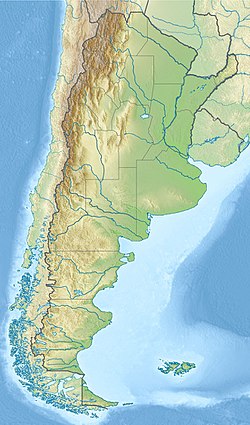 | |
| Alternative names | Qubic experiment |
|---|---|
| Location(s) | Puna de Atacama |
| Coordinates | 24°11′32″S66°28′29″W / 24.1921°S 66.4747°W |
| Altitude | 4,820 m (15,810 ft) |
| Wavelength | 150, 220 GHz (2.0, 1.4 mm) |
| Telescope style | bolometer radio interferometer |
| Website | www |
| | |
QUBIC is a cosmology project to study cosmic inflation by measuring the B-modes of the polarization of the Cosmic Microwave Background (CMB), by observing the sky with a millimeter wave radio telescope interferometer. It uses bolometric interferometry, which combines the advantages of interferometry (reduction of systematic errors) and those of the bolometer detectors (high signal sensitivity). [1] QUBIC observes the sky at two frequencies, 150 and 220 GHz, so that it can separate the cosmological signal from foreground emission, in particular thermal dust emission.
Contents
The QUBIC project began in 2008 with the merger of BRAIN and MBI projects. A technical demonstrator of the instrument is being manufactured and should be tested in France in 2017.
On 26 October 2022 the first module was installed and began operating. [2] [1]
QUBIC is an international collaboration involving universities and laboratories in Ireland, France, Italy, Argentina, the U.K. and the U.S.A. [1]
